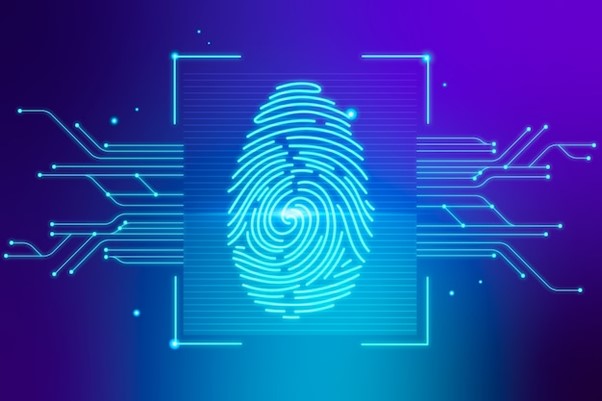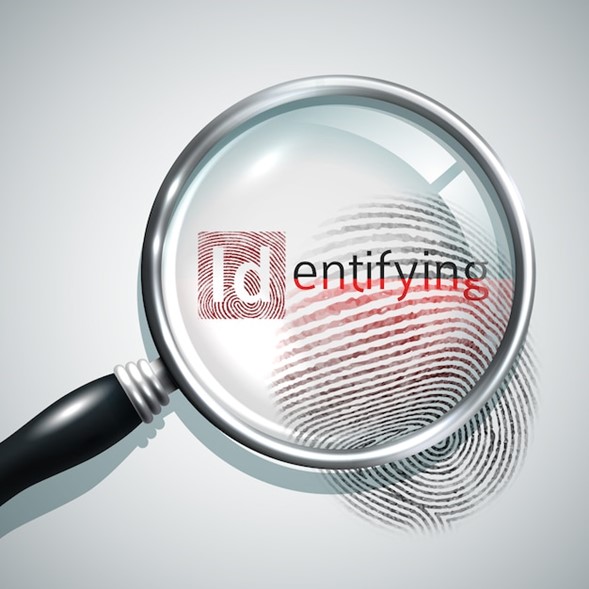No products in the cart.

Introduction
Digital forensics refers to the process of uncovering, analyzing, and preserving electronic evidence to support investigations and legal proceedings. Digital forensics is the application of scientific techniques and methodologies to investigate digital devices and networks, aiming to extract, analyze, and interpret electronic evidence. It involves the collection, preservation, examination, and presentation of digital data in a manner that maintains its integrity and admissibility in legal proceedings.
The Scope of Digital Forensics
Digital forensics encompasses various sub-disciplines, including computer forensics, network forensics, mobile device forensics, and forensic data analysis. Each sub-discipline focuses on a specific area of investigation, such as examining computer systems, analyzing network traffic, or extracting evidence from smartphones or other mobile devices.
Digital forensics employs a range of techniques to extract, analyze, and interpret electronic evidence. These techniques are designed to ensure the integrity and admissibility of the evidence collected.
Here are some key digital forensic techniques used in investigations-
Disk Imaging
Disk imaging involves creating a forensic copy, known as a bit-for-bit image, of a storage device such as a hard drive or solid-state drive. This process ensures the preservation of the original data, allowing investigators to analyze the copy without altering or compromising the original evidence.
File Carving
File carving is the process of extracting files from storage media without relying on the file system metadata. This technique is useful when recovering deleted or fragmented files. By analyzing the content of the disk image, file carving can reconstruct files even if the file system entries have been damaged or removed.
Metadata Analysis
Metadata provides valuable information about digital files, including creation dates, modification dates, file sizes, and user metadata. Analyzing metadata can help establish timelines, track file manipulation, and identify relevant artifacts for an investigation.
Keyword Searching
Investigators use keyword searching to identify specific terms, phrases, or patterns within digital data. This technique allows them to quickly locate relevant information and narrow down the scope of the investigation. Advanced search algorithms and regular expression patterns are often employed to improve search accuracy.
Password Cracking

Password cracking techniques are used to recover passwords from encrypted files or protected accounts. Brute-force attacks, dictionary attacks, and rainbow tables are commonly employed to crack weak passwords or uncover password hints that may be used in investigations.
Network Traffic Analysis
Network forensics involves capturing and analyzing network traffic to identify suspicious activities, track communication patterns, and reconstruct network-based incidents. By examining network logs, packet captures, and network metadata, investigators can gain insights into the flow of data, identify potential attackers, and understand the techniques used in a cyber-attack.
Memory Analysis
Volatile memory (RAM) analysis is crucial for capturing and analyzing live system state information. Memory forensics allows investigators to uncover running processes, open network connections, and retrieve encryption keys or sensitive information that may not be present in the disk image. Memory analysis helps in identifying rootkits, hidden processes, or any malicious activity that may not be visible on the disk.
Mobile Device Forensics
Mobile device forensics focuses on extracting and analyzing data from smartphones, tablets, or other mobile devices. Specialized tools and techniques are employed to retrieve call logs, text messages, emails, social media data, GPS information, and app usage history. Mobile device forensics plays a crucial role in investigations involving mobile-centric crimes or digital evidence stored on portable devices.
Steganalysis
Steganography is the practice of hiding information within digital media, such as images, audio files, or documents. Steganalysis techniques aim to detect and extract hidden data from these media files. Investigators employ specialized software and algorithms to identify potential steganographic techniques and uncover concealed information.
Data Recovery
Data recovery techniques are employed to retrieve deleted or damaged files. This involves scanning the storage media for remnants of deleted files or fragments of damaged files. Various file recovery tools and methods, such as file system analysis and sector-by-sector scanning, are utilized to reconstruct and recover lost or damaged data.
These are just a few examples of the digital forensic techniques employed in investigations. Digital forensics continually evolves as technology advances, and forensic experts adapt to new challenges and emerging trends in the digital realm.
Key Principles of Digital Forensics
Volatility
Digital evidence can be highly volatile, susceptible to alteration, or loss. Investigators are collect and preserve evidence to prevent any data loss or modification. This principle applies to live systems, network traffic, and volatile memory.
Chain of Custody
Maintaining a detailed record of the chain of custody is crucial in digital forensics. It ensures that the evidence collected is admissible in court and can be traced back to its original state. Documentation should include who had access to the evidence, when, and any changes made to it.
Legal Compliance
Digital forensic investigations must be legal and ethical guidelines. Investigators should possess a comprehensive understanding of relevant laws and regulations to ensure the admissibility of evidence and protect individuals' rights to privacy.
Digital Forensics Process
Identification and Planning
Investigators establish the objectives of the investigation, identify potential sources of evidence, and plan the steps required to acquire and analyze the data.
Collection
Evidence is collected using forensically sound methods to ensure data integrity. This includes creating forensic copies of storage media, capturing network traffic, or extracting data from mobile devices.
Examination and Analysis
Investigators employ various tools and techniques to examine the acquired data thoroughly. This involves searching for relevant information, recovering deleted files, decoding encrypted data, and identifying that can provide insights into the events under investigation.
Reconstruction
Investigators reconstruct the sequence of events based on the analyzed evidence to create a comprehensive narrative of the incident or crime. This phase involves organizing and correlating the data to establish a clear timeline and identify key actors or entities involved.
Reporting and Presentation
Findings are documented in a detailed report that summarizes the investigation process, methodologies used, and the evidence discovered. This report should be clear, concise, and understandable by both technical and non-technical audiences. In legal proceedings, digital forensic experts may be called upon to testify as expert witnesses.
The Role of Digital Forensics in Modern Investigations
Digital forensics plays a pivotal role in various domains, including law enforcement, corporate investigations, incident response, and cybersecurity.
Law Enforcement

Digital forensics has become an indispensable tool for law enforcement agencies in investigating cybercrimes, such as hacking, identity theft, child exploitation, and fraud. It enables investigators to gather evidence from digital devices, including computers, smartphones, and storage media, to identify perpetrators, uncover their motives, and establish a strong case for prosecution.
Corporate Investigations
In cases involving intellectual property theft, corporate espionage, employee misconduct, or data breaches, digital forensics provides the means to collect and analyze electronic evidence. It helps organizations uncover unauthorized access, determine the extent of a breach, identify responsible parties, and implement measures to prevent future incidents.
Incident Response
When organizations experience a cybersecurity incident or a data breach, digital forensics plays a crucial role in the incident response process. Investigators analyze compromised systems, identify the attack vector, trace the origin of the breach, and determine the extent of the damage. This information is vital for containment, remediation, and preventing similar incidents in the future.
Cybersecurity
Digital forensics is closely linked to cybersecurity practices. It helps in identifying and analyzing malware, understanding attack patterns, and providing insights into threat actors' techniques and motivations. This information aids in the development of robust defense strategies and the enhancement of cybersecurity measures to protect against future attacks.
Civil Litigation
Digital forensics is often utilized in civil litigation cases, such as intellectual property disputes, employment disputes, or contractual disagreements. It allows investigators to retrieve and analyze electronic evidence, including emails, documents, or digital communications, to support or refute claims, establish timelines, and provide factual evidence in legal proceedings.
Fraud Investigations
Digital forensics plays a critical role in fraud investigations, particularly in cases involving financial crimes or embezzlement. Investigators can analyze digital transactions, examine financial records, trace money trails, and identify suspicious patterns or anomalies. These findings assist in complex fraud schemes, proving financial wrongdoing, and recovering assets.
Conclusion
As our lives become increasingly intertwined with digital technology, the importance of digital forensics cannot be overstated. It serves as a powerful tool in investigating cybercrimes, supporting legal proceedings, and protecting individuals and organizations from the ever-evolving threats in the digital landscape. The meticulous processes, adherence to legal and ethical guidelines, and the use of advanced tools and techniques enable digital forensic experts to uncover hidden evidence, reconstruct events, and provide critical insights that are vital for justice, cybersecurity, and safeguarding our digital world.
Subscribe
Login
0 Comments
